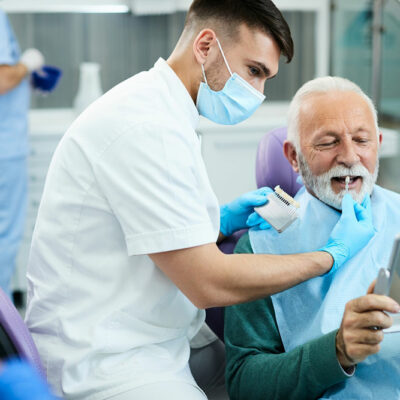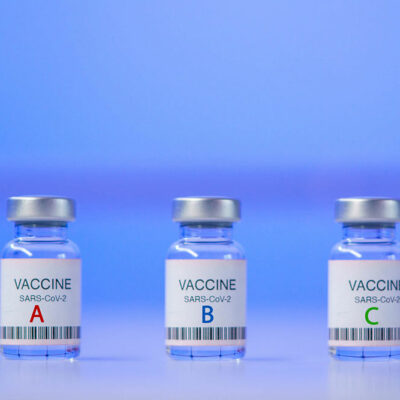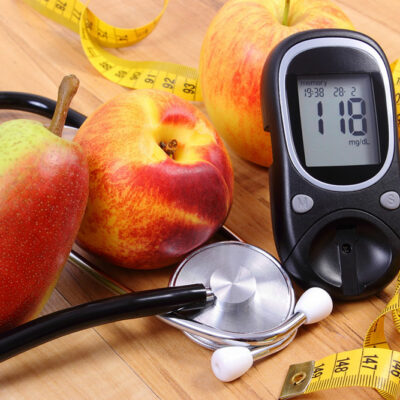
5 unusual symptoms of migraines
Migraines are more than just headaches; they are complex neurological conditions that can cause a variety of symptoms. While most people associate migraines with pounding headaches, nausea, and sensitivity to light and sound, a few unusual signs and symptoms can make diagnosing and managing migraines challenging. Further, the condition has a few subtypes that can cause varying levels of discomfort. So, here is a look at a few lesser-known signs of migraine: Visual disturbances (auras) Auras are sensory disturbances that can occur before or during a migraine attack. While they are relatively common, one may experience rare and unusual aura symptoms like zigzag lines, flashing lights, or even temporary blindness. These visual disturbances are often referred to as “ocular migraines” and can be alarming for those who experience them. Weakness or temporary paralysis Hemiplegic migraines are a rare subtype of the condition, typically causing temporary paralysis or weakness on one side of the body. These issues can also indicate a stroke, making it essential to seek medical attention upon noticing these signs. Other symptoms of hemiplegic migraines are confusion and vision changes. Dizziness Vestibular migraines are characterized by dizziness, vertigo, and problems with balance. These symptoms can lead to nausea and difficulty carrying out daily activities.
Read Article 









